Want to contribute to this article?
40 percent of quality professionals are still using paper for some or all of their quality management processes, according to the Global Quality Survey.
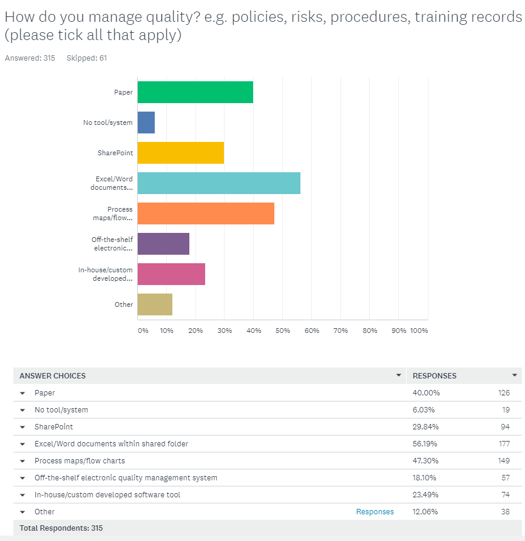
While paper may seem initially like the cheapest and easiest way to manage your quality processes, it's probably costing your business a lot more than you think.
Sure, the cost of a sheet of paper is very small - probably around £0.005. Then there are the other direct costs such as ink to print, storage, postage. In fact, Gartner calculated around 1 - 3 percent of a company's annual revenue is spent on document production.
However, these costs are insignificant compared to the indirect costs associated with using paper for modern quality management.

The role of quality has become far too important, complex and fast-paced for paper-based processes. There's too many documents, legislative requirements, risks and data integrity issues associated with using paper.
Below are eight ways your paper-based quality system is costing much more than you think.
1) Paper means duplication of effort
How many of your paper-based processes actually stay only on paper?
Probably very few of them.
Whether you're scanning signed employee contracts, transposing audit findings into a Word Document or manually inputting training records into a spreadsheet, paper is usually just Muda.
Muda -- or waste -- processes zap your productivity and cost your business without providing value.
Instead of duplicating effort, imagine using a software tool to eliminate all paper. Your working day would look very different - spent on improvement, rather than administration.
For example:
- Employee contracts sent automatically to the employee, their signature collected in the system, and you simply get a notification all has been completed
- Inputting your audit findings directly into a digital system and instantly producing audit reports, tasks for follow up and notifications to the right people
- Training records all managed electronically in the same system - the results of training, post-training competency quiz and team notifications automatically sent
EQMS software gives you a centralised tool for all the above and much more. This means all your quality, health and safety, HR, information security, compliance, environment etc processes are managed electronically - without a single sheet of paper. The modular tool adapts for both simple and complex processes.
Here are some examples of businesses using EQMS
|
2) Paper makes quality less accessible
Your workforce is likely to be more remote, global and mobile than ever. In fact, the number of home workers has doubled in the past ten years. And this trend is likely to be accelerated by the recent COVID-19 events.
But even if you're based in a small office, paper is usually far more difficult and inconvenient to access these days than a screen - and with over sixty percent of quality professionals agreeing that quality has an image problem, we need to make quality as easy and accessible as possible.
Paper-based health and safety forms, quality manuals, issue records and policies make it much more difficult for teams to engage with quality. In fact, many simply will not bother to raise an issue if the process is too laborious.
When businesses adopt EQMS for their quality and other business processes, on average the quality team finds they have 475% more issues raised than when they use paper.
EQMS can be accessed via any web browser and modern device, so no matter where your organisation is, stakeholders access all quality processes and forms electronically.
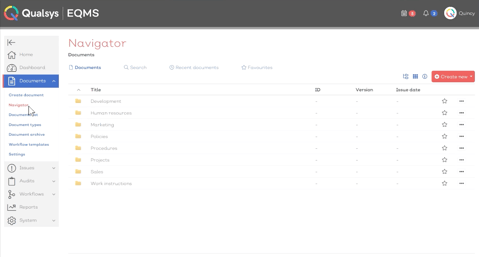
3) Paper is harder to attribute
Many organisations still get employees to sign legal contracts, working instructions and agreements on paper.
The issue is that paper is rarely truly attributable.
How do you know who really sent the document?
How do you know who really signed the document?
Paper fraud can often be very hard to spot.
EQMS by Qualsys is password-protected and an ISO 27001 secure tool. With full audit trails of who has done what, when, where, how and why, EQMS provides more confidence information is controlled, confidential, available and promotes good data integrity.

4) Paper has no audit trail
"I never saw that", "I didn't get it", or worse, "You never sent it to me", are all common comments quality teams using paper-based processes must listen to.
This causes all sorts of issues - from a blame culture to potentially placing the organisation as liable in court for an employee not following prescribed processes.
Quality management technology such as EQMS provides an audit trail of who has said what, when, why, where and how. This provides complete visibility, transparency and peace of mind that all the information is stored centrally.
One organisation using EQMS managed to reduce a potential fine due to mislabelling from several million pounds to under £10,000 by showing the employee who was responsible had been given appropriate training, they had controls in place, and a complete audit trail which was defensible in the face of litigation.
You can't always prevent mistakes, but by building a robust process you can have complete peace of mind your business is doing everything possible to be compliant. Are you that confident in your paper-based processes?

5) Paper makes it impossible to manage versions
How many times have you attached an updated policy, procedure or process to an email, only to find the old copies still in use on desks or the factory floor a month (or even a year) later?
What is the cost to your business for using this out of date document?
It's not just frustrating, it devalues your work, time and effort.
But there are other costs of not controlling versions. For example, if a customer is sent out of date terms and conditions, pricing, or other contractual information, the costs of poor information management really stack up.
In EQMS, documents can be locked so employees can't download and print them. This means they must use the digital copy - so you can be confident they are always using the latest version.
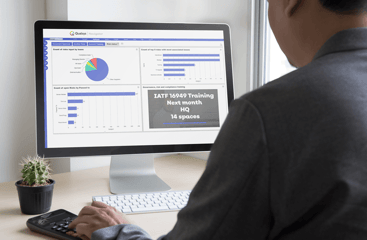
6) Paper creates data integrity issues
From transposing laboratory results from paper to a system to capturing incident feedback on a form, the more manual processes your business has, the less accurate your data.
Manual data entry isn't just tedious, it's far more likely data will be inaccurate after it's been put on a piece of paper then entered into a digital system.
With quality management systems such as EQMS, you can set the fields you want to capture with automatic validation to mitigate the risk of poor data entry. Alternatively, EQMS has a flexible API which means you can pull data into or push data from your management system to avoid any manual data entry errors.
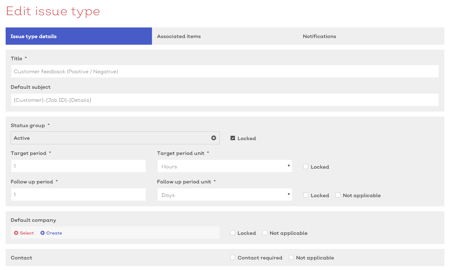
7) Paper slows your business down
If your business is sending out contracts to customers, employees and suppliers using postal services, it takes too long.
Time is money, and money is your reputation.
EQMS has supplier, customer and employee portals for sending documents, raising issues, sending training records and manage other contracts which gives instant access so your business can get to work faster.
8) Paper often means illegible handwriting
Unless everyone has perfect handwriting, it's likely there will be people in your business whose handwriting is difficult to read.

In low risk environments, the risk of poor handwriting may just be that it takes longer or there are some errors. In high risk environments, such as medical, clinical and pharmaceutical environments, this could cause all sorts of product quality and compliance issues.
With EQMS, everything is digital and clear to read. Capture the information you need by configuring the forms, fields and notification settings.
What you should do now:
Hear how organisations move from paper to an entirely digital, smart quality management system by accessing our case study library:




 How does EQMS replace paper?
How does EQMS replace paper? 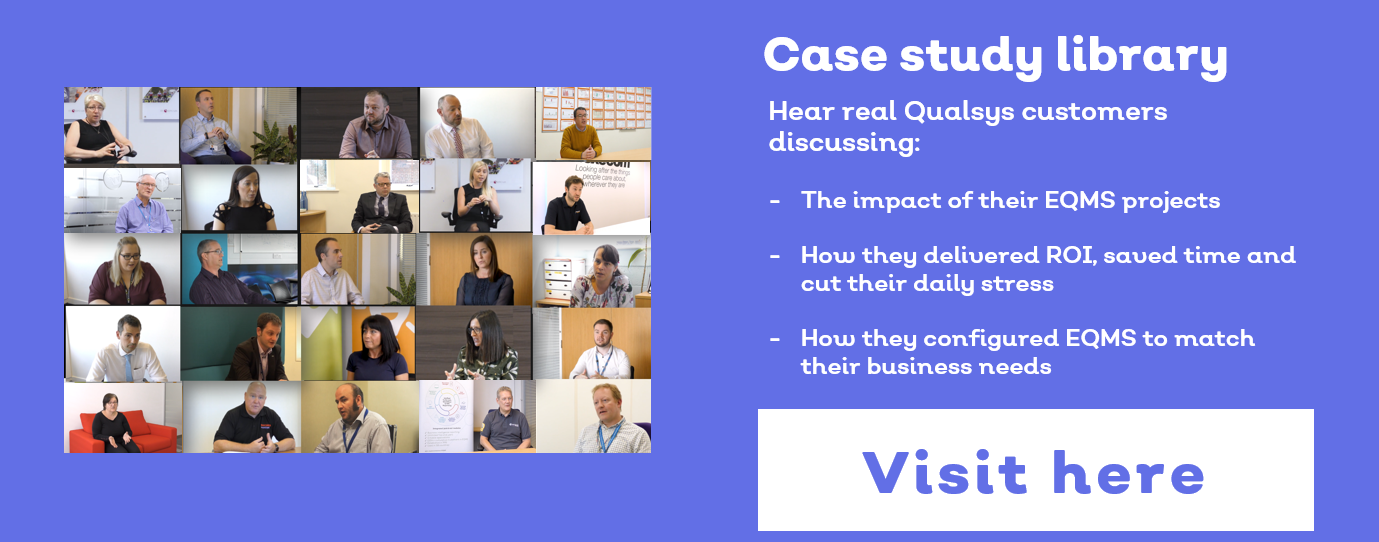

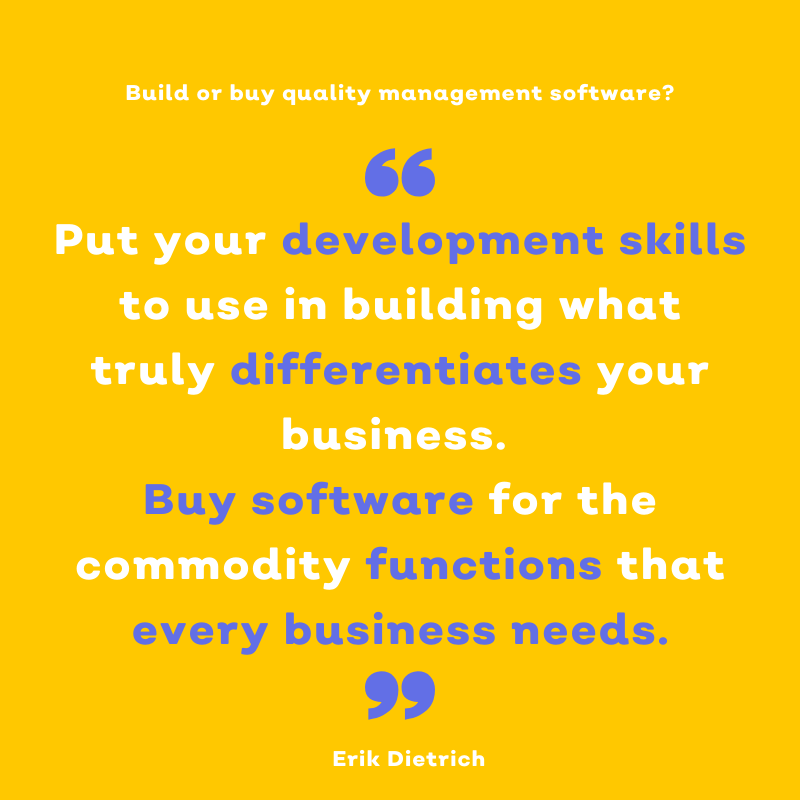

Share your thoughts on this article